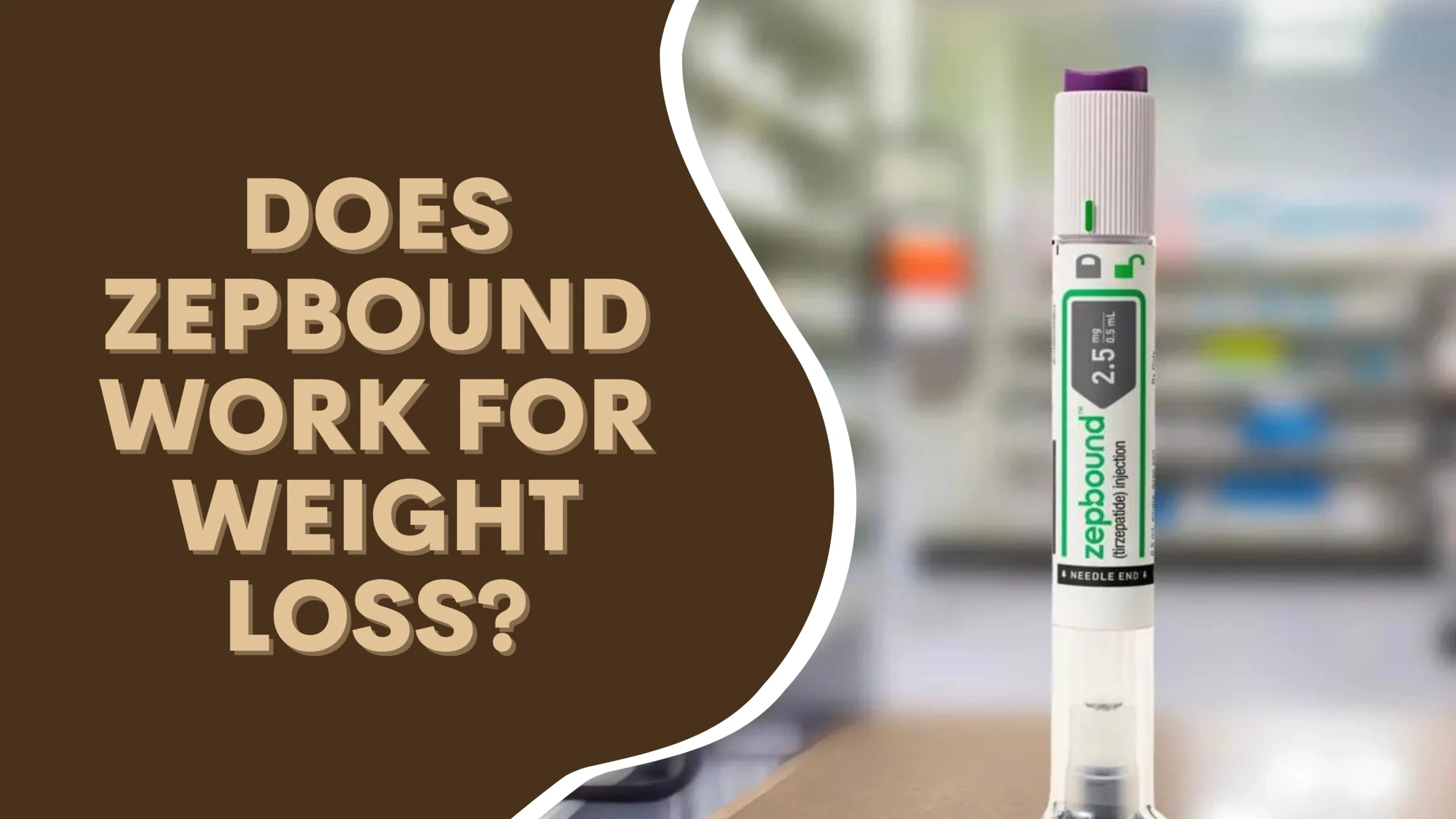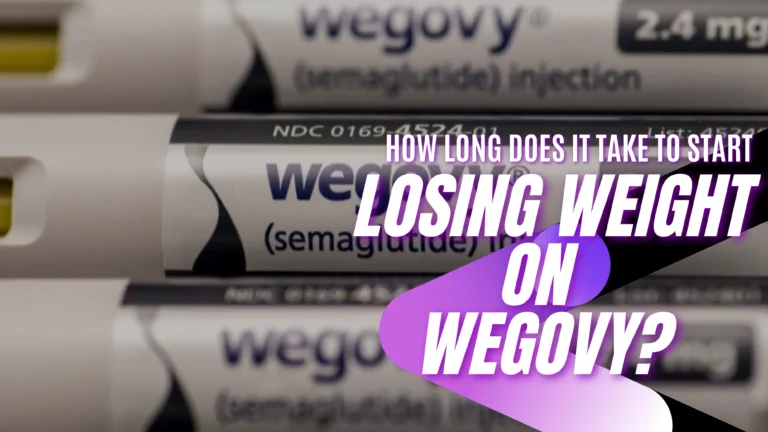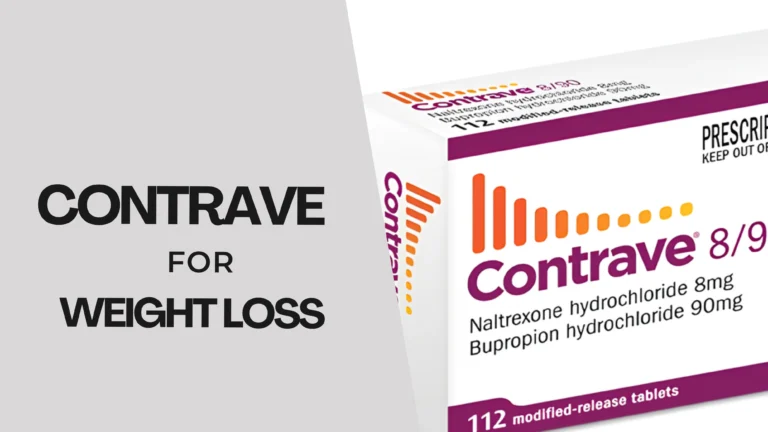Does Zepbound work for weight loss?
Key takeaways
- Weekly injection for weight loss with tirzepatide.
- Zepbound vs. others: Dual-agonist approach, potential superiority.
- How Zepbound works: GIP and GLP-1 activation, needs healthcare supervision.
- Who can use Zepbound: Approved for adults with obesity or overweight.
- Zepbound cost: Varies, listed price $1,059.87, actual costs $25-$550 based on insurance.
What is Zepbound?
Introducing Zepbound, your trusted ally on the journey to shedding those extra pounds! This prescription wonder is specifically crafted for weight loss in adults, marking a significant breakthrough in your wellness routine. Armed with the powerhouse ingredient tirzepatide, Zepbound performs its magic by not only curbing your appetite but also putting the brakes on digestion. The best part? It’s as simple as a once-a-week under-the-skin injection. Embrace a simpler path to achieving your weight loss goals with Zepbound – your key to a healthier you!
Zepbound vs. Wegovy and Ozempic
Meet the weight loss superheroes: Zepbound, Mounjaro, Wegovy, and Ozempic! These champions are on a mission to help you shed those extra pounds by tackling your appetite. Picture Zepbound and Mounjaro as the dynamic duo, known as “dual-agonists,” working together to curb those cravings[1][2][3].
On the other side, we have Wegovy and Ozempic activating the GLP-1 pathway, another powerful approach to weight loss. It’s like having a team of experts in your corner, each with their own unique strategy. Zepbound, or tirzepatide, is the shiny new star from Eli Lilly, and rumor has it, it might outshine Wegovy in the weight loss arena[1][2][3].
Originally approved for diabetes, Ozempic reveals weight loss tricks up its sleeve, while Wegovy focuses on shedding pounds. However, it’s important to note that these weight loss warriors haven’t been compared in a direct study, and your own personalized secret weapon might be what works best for you. [1][2][3].
Get ready for a weight loss adventure, where each hero brings something different to the table!
How Does Zepbound Work?

Enter Zepbound, your weight-loss ally! Also known as tirzepatide, this injectable prescription medicine activates two powerful hormone receptors—glucose-dependent insulinotropic polypeptide (GIP) and glucagon-like peptide-1 (GLP-1). These heroes reduce appetite, trim food intake, and help you achieve and maintain a healthy weight [4][5][6]. As a dual-agonist drug, Zepbound mimics these hormones, aiding in glucose management and keeping hunger at bay [7]. But, caution: serious side effects, including kidney problems and stomach issues, may arise. Always use Zepbound under healthcare provider supervision for a safer weight-loss journey [4][6]. Ready for the Zepbound adventure? Let’s begin—safely!
Who Can Use Zepbound?
Zepbound is approved for weight loss and weight management in adults who have either:
- Obesity (a body mass index [BMI] of 30 or higher), or
- Overweight (a BMI of 27 or higher) and at least one health condition related to weight, such as high blood pressure, type 2 diabetes, or obstructive sleep apnea [6].
- It should be used in combination with exercise and a low-calorie diet [6].
- Zepbound is not recommended for use in patients with a history of severe allergic reaction to tirzepatide [8].
It is important to consult a healthcare provider before using Zepbound, especially for individuals who are breastfeeding or have severe stomach problems [6].
How Much Does It Cost?

Navigating Zepbound’s cost is contingent upon various factors, such as insurance and savings programs. According to Eli Lilly, the listed price for a 28-day supply is $1,059.87 [5]. However, actual patient costs exhibit a broad spectrum, ranging from a minimal $25 for those with insurance and a commercial card savings program to $550 for individuals covered by non-participating insurance plans [9][10].
For uninsured individuals enrolled in a savings program, the cost is approximately half of the list price [10]. It is crucial to note that neither Medicare nor Medicaid covers Zepbound, and the Lilly Cares Foundation Patient Assistance Program specifically excludes it from coverage. To alleviate costs for eligible patients, savings cards are available [10] [11].
It is important to keep in mind that Zepbound’s price is subject to change. Therefore, it is advisable to regularly check with your health insurance provider for updated coverage details.
Is Zepbound Covered by Insurance?
Your Zepbound costs depend on your insurance coverage. If your commercial insurance covers Zepbound, you could snag a 1-month or 3-month supply for just $25 with the Zepbound Savings Card [12][13].
However, if your commercial insurance doesn’t cover Zepbound, be prepared to shell out around $550 for a 1-month supply. Medicaid coverage varies by location, and, unfortunately, Medicare plans won’t foot the bill for weight-loss meds [14][10].
For the nitty-gritty on your coverage, it’s best to reach out directly to your insurance provider. According to Forbes, lucky folks with commercial insurance might score that one-month prescription for a mere $25 [5]. So, check it out and save some bucks!
What Doctors Say?

In a recent study backed by Eli Lilly, individuals who tried out Zepbound witnessed a remarkable drop of about 20% in their body weight on average. Those who stuck with the medication for an additional 52 weeks experienced an extra 6.7% weight loss from weeks 36 to 88. However, there’s a catch – individuals who decided to part ways with the drug found themselves gaining back a significant 14.8% of their weight [15].
Now, the road to shedding pounds isn’t always smooth sailing with Zepbound; it might throw in some stomach-related challenges and other side effects like vomiting, nausea, diarrhea, constipation, and fatigue. Despite these challenges, doctors are waving a caution flag, suggesting that Zepbound and its kin might need to be part of your daily routine for a lifetime if you’re eyeing lasting weight loss [17][16].
But here’s the kicker – this magic potion comes at a steep price, boasting a hefty tag of over $1,000 per month. Additionally, speaking of Eli Lilly, there’s some skepticism in the air about their newfangled telehealth platform, LillyDirect. This nifty system hooks you up with an independent telehealth company that can prescribe anti-obesity meds, along with third-party services that conveniently deliver those prescriptions straight to your doorstep. Despite these conveniences, it’s a bold move, and not everyone in the healthcare arena is giving it a round of applause [18].
Conclusion
In summary, Zepbound, featuring tirzepatide, stands out as a promising weight loss solution for adults. As a dual-agonist drug, it employs a unique approach to reduce appetite and aid in weight management. However, potential side effects underscore the importance of supervision by healthcare providers. Approved for use in adults with obesity or overweight and related health conditions, Zepbound requires a holistic approach involving exercise and a low-calorie diet. The cost varies based on insurance coverage, and individuals should consider the potential side effects and long-term commitment, despite a study supporting significant weight loss.







